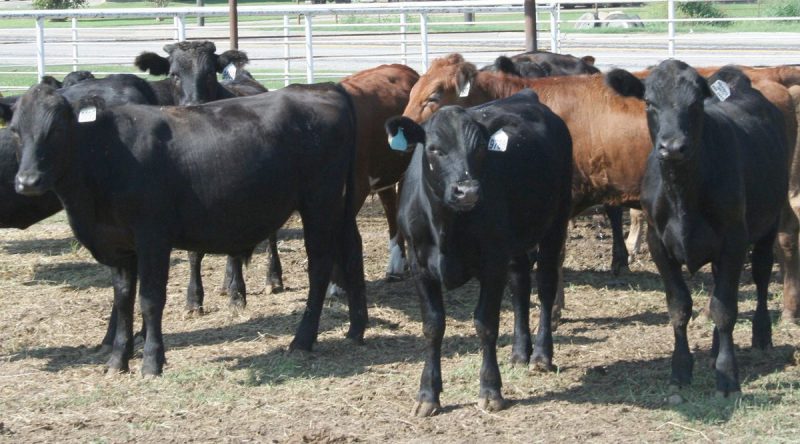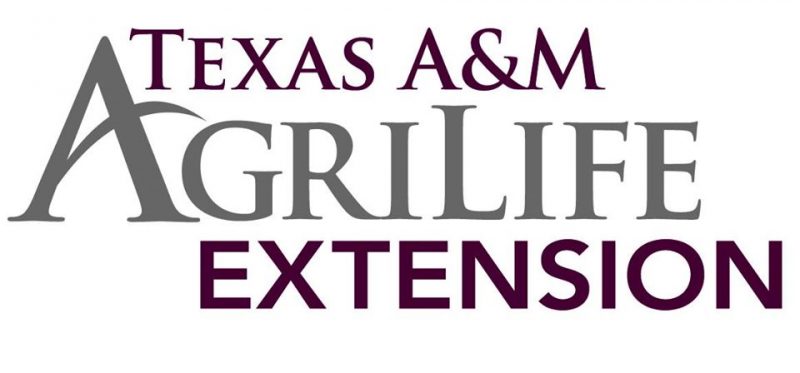Developed by Dr. Mario A. Villarino, County Extension Agent for Agriculture and Natural Resources Hopkins County, Texas

Nutrition and herd health are likely to be the production areas most impacted by excessive rainfall.
Reports from producers indicate that body conditions scores of breeding herds and average daily gains of stocker calves have been lower than expected in many cases, despite providing access to forage and feed that might produce acceptable gains in most years.
High moisture levels in pasture plants result in less dry matter consumed for a given quantity of forage. In addition, the nutritional value or quality of warm-season forages tends to drop this time of year.
In the event that temperatures become cold during wet conditions, cattle maintenance energy requirements increase as well.
Some cattle may not consume enough dry matter to meet intake and nutrient demands. This can occur on pastures with what appears to be “plenty of forage” available for cattle.

It may at first seem counterintuitive to put out hay on pasture with apparent adequate available forage. However, providing hay to these cattle can improve dry matter intake. Hay will also decrease the rate of gut passage, allowing cattle to perform better on pasture.
Some producers may balk at putting out hay this early in the winter feeding season because of limited inventories and concerns about having enough hay to make it through the winter.
Yet, by not meeting cattle intake and nutrient needs, producers will face even greater challenges later.
Cows will calve in poor body condition, will not rebreed on time, and calves will not meet weight gain targets. In addition to the effects of wet weather on nutrient availability, mud can affect feeding behavior.
Muddy areas create a suction effect on the legs and hooves of cattle. This makes it hard for cattle to move around feeders, and they stand still instead.

Four to 8 inches of mud can decrease intake by 4 to 8% and slow gains by 14%. Belly-deep mud can reduce intake by 30%.
It is extremely important to control mud accumulation so that it does not affect feeding behavior.
It may also be tempting to skip feedings during rainy days or because of challenges with muddy feed storage and feeding areas.
For cattle on limit-fed rations, where they are hand fed daily, skipping feedings could lead to digestive upset when feeds are reintroduced to cattle.
Skipped feedings also mean less total intake of these rations over time, which will lower performance.
For more information on this or any other agricultural topic please contact the Hopkins County Extension Office at 903-885-3443 or email me at [email protected].







